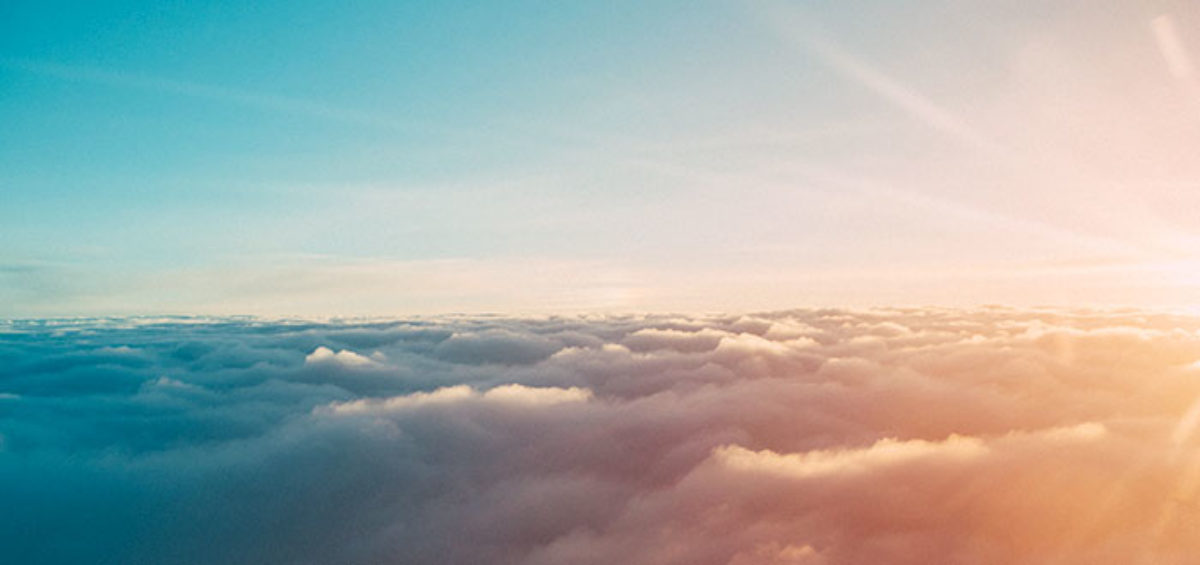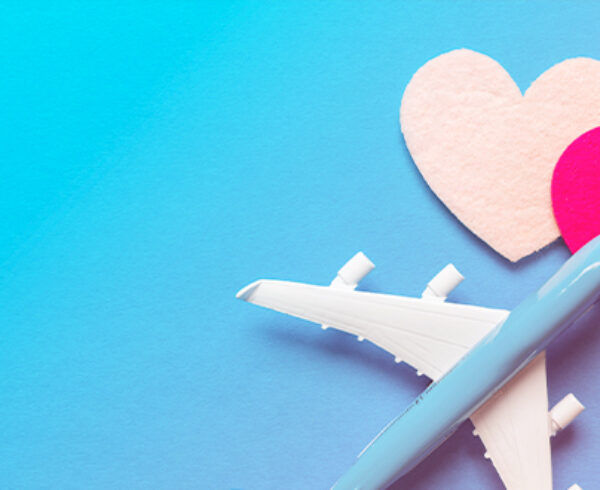As a frequent Business Traveler, you’ve probably seen your fair share of spectacular views out the window of an airplane. Aerial photography can be as exciting, romantic or spectacular as the destination itself. How often do you wish you had been able to snap that photo to share with family, friends or co-workers later? Or did you snap the photo but the end result fell short of your actual experience? Here are a few tips to help improve your aerial photos.
Book The Window Seat
And not just any window seat – get a window seat near the front of the plane. This area creates a smoother ride that will minimize shaking and blurry shots. Choose a seat in front of the wing if you are seeking an unobstructed view. Another reason to have a front seat is to avoid the heat shimmer from the engines that affects the quality of the photo.
Be Prepared
If you do get the window seat, be sure to have your camera with you – not in the overhead bin – before you take your seat. If you are looking for aerial shots of the ground, best opportunities occur when the plane begins to bank after take off or before landing. Since you will get very little time to capture these shots, always be ready to shoot at the right moment – if you see something interesting, it may be out of view by the time you turn on and raise your camera.
As a courtesy, let the person next to you know you’ll be taking some photos as the plane is taking off because you may be blocking their view for a few seconds.
Frame Your Subject
Try to find a main subject or point of interest like the wing, engine, a cloud formation, a setting sun, the coastline, patterns formed by roads or fields, or something distinct about the landscape below to make your photo more interesting. Don’t forget to use the rule of thirds when composing your shot.
Be Aware Of Reflections, Glare and Distortion
To reduce reflections caused by the window and glare from the cabin, attach a lens hood or simply use your free hand to cup around the lens to help shield it from reflections. Also, turn off your overhead light. Keep your lens close to, but not touching, the window – otherwise vibration from the airplane will blur your shots
Turn off your flash. The window will just reflect your flash back into your lens and ruin the photo. Plus, using the flash may disturb fellow passengers.
Don’t take your photos at an angle to the window. This will increase optical distortion.
Use manual focus. Reduce the false readings of an auto-focus camera by holding the lens close to the window. It will prevent the camera focusing on the window instead of the image outside the window. Better yet, set if for mountain/landscape setting or focus at infinity.
Equipment Suggestions:
It helps if you have a digital camera, so you can see your results and make adjustments. If possible, use a DSLR. Set the speed of the camera at a high shutter speed, around 500 hundreds of a second. This will stop blurring of the photo. Set the ASA to around 250 to 400.
Use a standard lens or a zoom lens, like a 35mm to 105mm. This will allow you to get photos of planes on the tarmac and other photos as the plane takes off.
Don’t use a polarization filter. Plastic airplane windows will show odd patterns. When plastic is under strain, it causes polarization of the material which will interfere with your polarizing filter.
Bonus Tips:
- Shoot early in the flight. Condensation and ice tend to build of on windows after a while.
- You have more time to take photos during the landing since the plane is moving more slowly as it reduces speed.
- Use your favorite photo app to enhance your photos once you get home to crop or remove unwanted marks.
- Remember, the restriction on using “portable electronic devices” during takeoff and landing applies to digital cameras on some airlines.
Now that you have learned some tips, put them into action and enter the @jtbusabiztravel photo contest on Instagram. It’s easy! Share your next Aerial “Photo From the Sky” using your new pro photo skills and tag #jtbinflight. Instantly be entered to win and All-Day GoGo In-Flight Pass or a National/Enterprise 1 Day Rental.














Leave a Comment